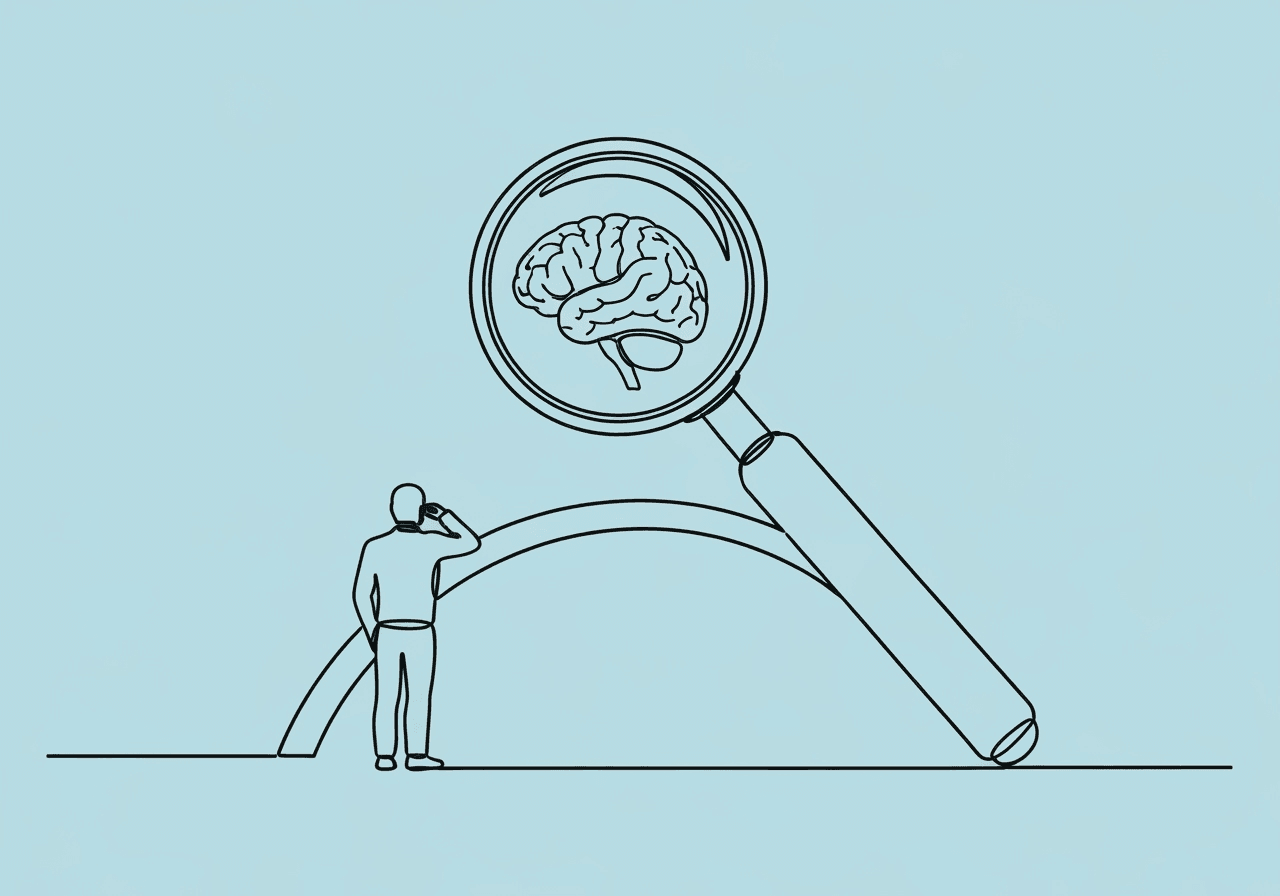FBA Procedures Definitions in ABA: Essential Guide

As a BCBA, how do you effectively tackle challenging behaviors? Understanding the FBA Procedures Definitions ABA is key to developing successful interventions. Functional Behavior Assessment (FBA) serves as a cornerstone process, identifying the underlying functions of behaviors to inform targeted interventions. FBAs evaluate why behaviors occur, such as seeking attention, escaping demands, or accessing tangibles. This process enables ethical, evidence-based support that aligns with BACB guidelines.
Here’s what you'll learn in this guide:
- An FBA is a systematic process to determine the function of challenging behaviors.
- The three main types of FBA procedures are Indirect Assessment, Descriptive Assessment, and Functional Analysis.
- Each procedure varies in its methodology, data type, and ability to determine the cause of behavior.
- Choosing the right procedure depends on client needs, available resources, and ethical considerations.
This glossary-style overview equips you with precise definitions and practical insights into key FBA procedures. You'll explore indirect assessment for gathering stakeholder input, descriptive assessment through direct observation, and functional analysis via experimental methods.
What is Functional Behavior Assessment (FBA)?
Functional Behavior Assessment (FBA) is a systematic process rooted in ABA principles to determine the function or purpose of challenging behaviors. According to the Association for Behavior Analysis International (ABAI), FBA involves collecting data on antecedents, behaviors, and consequences to hypothesize why a behavior occurs. This ultimately guides behavior intervention plans (BIPs).
In practice, FBA ensures interventions are function-based rather than punitive, promoting positive outcomes. For BCBAs, conducting an FBA aligns with the BCBA Task List (5th ed.), specifically requirements in the F-5 to F-8 series for functional assessment procedures. This approach to FBA Procedures Definitions ABA not only complies with ethical standards but also enhances collaboration with RBTs and families.
Without a thorough FBA, interventions risk inefficiency. Research emphasizes its role in reducing problem behaviors by up to 80% when properly implemented, though specific efficacy depends on individualized application (IRIS Center, Vanderbilt University (2023)).
Indirect Assessment: Gathering Reported Insights
Indirect Assessment, a foundational FBA procedure, relies on information from individuals familiar with the learner, such as parents, teachers, or caregivers, without direct observation. This method uses tools like interviews, questionnaires, and checklists to identify potential antecedents and consequences retrospectively.
Common instruments include the Functional Assessment Screening Tool (FAST) or Motivation Assessment Scale (MAS). According to Autism Speaks (2023), indirect assessments efficiently build hypotheses about behavior function, serving as an initial step in the FBA process. This can involve structured interviews about behavior triggers, using questionnaires to rate environmental variables, or analyzing logs from schools and homes to find patterns.
Strengths include accessibility and minimal disruption, but limitations involve potential reporter bias or recall inaccuracies. For deeper guidance on documentation, see our related resource on functional behavior assessment in ABA.
Descriptive Assessment: Direct Observation in Natural Contexts
Descriptive Assessment, also known as direct assessment, involves observing and recording behaviors as they occur naturally, without environmental manipulation. It focuses on ABC (Antecedent-Behavior-Consequence) data to describe patterns, such as a child engaging in tantrums prior to academic demands.
Tools like ABC charts, scatterplots, or interval recording capture real-time details. The Missouri Department of Elementary and Secondary Education (2023) outlines how this method identifies correlations, like behaviors increasing during transitions, but stops short of proving causation.
For BCBAs, descriptive assessment provides objective, verifiable data to refine hypotheses from indirect methods. It's particularly useful in school or home settings where experimental control is impractical. Practical steps include defining the target behavior operationally, selecting observation intervals (like 10-minute blocks), and plotting data to reveal temporal patterns.
Explore documentation strategies in our article on indirect vs. descriptive FBA documentation.
Functional Analysis: Experimental Verification of Behavior Function
Functional Analysis is the most rigorous FBA procedure, using controlled experimental manipulations to test behavior functions. It involves creating analog conditions—such as attention, escape, tangible, or play scenarios—to observe how behavior rates vary. This makes it a critical component in the spectrum of FBA Procedures Definitions ABA.
Pioneered by Iwata et al., this method demonstrates causality. For instance, if elopement increases during alone conditions, it suggests automatic reinforcement (Beavers, Iwata, & Lerman, 2013). Brief functional analyses (BFAs) streamline this for time-sensitive cases.
BCBAs must ensure safety and ethics, as manipulations can evoke behaviors. Research confirms that functional analysis yields the highest validity for creating BIPs but demands significant expertise (ASAT, 2022). It's often reserved for complex cases after preliminary assessments. For RBT implementation tips, refer to our guide on the RBT Functional Assessment.
Comparing FBA Procedures: A Summary Table
To select the right FBA procedure, BCBAs benefit from comparing indirect, descriptive, and functional analysis methods. The table below synthesizes their core attributes.
| Procedure | Methodology | Setting | Data Type | Causal Inference |
|---|---|---|---|---|
| Indirect Assessment | Interviews, questionnaires, records | Any (retrospective) | Reported/qualitative | Low (hypothesis-building) |
| Descriptive Assessment | Direct ABC observation, scatterplots | Natural environments | Observational/quantitative | Moderate (correlational) |
| Functional Analysis | Experimental analog conditions | Controlled (clinic/lab) | Experimental/quantitative | High (causal demonstration) |
This framework underscores how procedures build progressively: indirect for screening, descriptive for description, and functional for confirmation. Tailor your choices to client needs, resources, and ethics.
Frequently Asked Questions
What is an indirect functional behavior assessment (FBA)?
An indirect FBA gathers information through stakeholder reports, such as interviews or rating scales, to hypothesize behavior functions without observing the behavior live. Tools like the MAS help identify potential reinforcers. It's efficient for initial insights but requires corroboration to address biases.
How does indirect assessment differ from descriptive and functional analysis methods?
Indirect relies on second-hand reports for hypotheses, descriptive uses direct natural observation for patterns, and functional analysis employs experiments for causation. These distinctions ensure comprehensive FBAs, as outlined by research on FBA methods (Beavers, Iwata, & Lerman, 2013).
What are the main tools used in indirect assessments during an FBA?
Common tools include structured interviews (e.g., Functional Assessment Interview), questionnaires (e.g., FAST), and checklists (e.g., Behavior Identification Form). They focus on antecedents, consequences, and contexts. These tools are quick to administer, aiding hypothesis formation in diverse settings.
How does a functional analysis differ from other types of assessments in an FBA?
Functional analysis uniquely manipulates environmental variables to verify functions, unlike indirect (reports) or descriptive (observation) methods. It uses conditions like demand or attention to measure response rates. This method is often called the "gold standard" because it supports precise BIPs, but it demands strict ethical safeguards (Hanley, 2024).
What are the strengths and limitations of indirect assessments in ABA?
Strengths include speed and broad input from informants, making it ideal for generating a hypothesis. However, limitations involve subjectivity and a lack of direct evidence. To improve reliability, it's recommended to combine indirect assessments with direct descriptive methods (Beavers, Iwata, & Lerman, 2013).
By synthesizing these methods, you gain a robust toolkit for ethical, function-based interventions that drive meaningful change. Indirect methods offer quick entry points, descriptive assessments build accuracy, and functional analysis provides causal clarity. Each contributes to a compliant and effective understanding of FBA Procedures Definitions ABA.
Popular in Behavior Analysis Concepts
- 1
ABA Prompting Hierarchy & Prompt Fading: RBT How-To Guide with Examples
7817 min read - 2
DRA vs DRI vs DRO vs DRL: The Clear RBT Comparison Guide
6579 min read - 3
Functional Behavior Assessment ABA: Complete 2025 Guide [Step-by-Step]
6436 min read - 4
Partial Interval vs Whole Interval vs MTS: ABA Guide
6306 min read - 5
Master IOA Formulas and Methods for Data Integrity
5128 min read
Popular in Behavior Analysis Concepts
- 1
ABA Prompting Hierarchy & Prompt Fading: RBT How-To Guide with Examples
7817 min read - 2
DRA vs DRI vs DRO vs DRL: The Clear RBT Comparison Guide
6579 min read - 3
Functional Behavior Assessment ABA: Complete 2025 Guide [Step-by-Step]
6436 min read - 4
Partial Interval vs Whole Interval vs MTS: ABA Guide
6306 min read - 5
Master IOA Formulas and Methods for Data Integrity
5128 min read
Related Resources
Explore more helpful content on similar topics

ABA Graph Analysis Terms: Level, Trend, Variability
Explore key ABA graph analysis terms: level, trend, and variability. Discover how BCBAs and RBTs use these visual properties to interpret data, make clinical decisions, and optimize interventions in behavior analysis.

Radical Behaviorism Glossary for ABA: Key Terms
Dive into the essential Radical Behaviorism glossary for ABA. Master terms like private events, mentalism, and explanatory fiction to craft objective session notes and precise FBAs. Ideal for BCBA and RBT professionals.

Essential Visual Analysis Terminology for ABA
Unlock essential Visual Analysis Terminology in ABA to master graph interpretation. Explore definitions for Level, Trend, Variability, Data Path, and more – ideal for BCBAs, RBTs, and professionals seeking to enhance behavioral analysis skills.